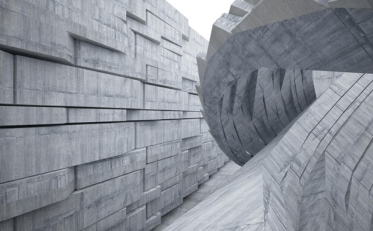Question

a.
Grave
b.
Sand stone
c.
Quartz
d.
Granite
Posted under Concrete Technology
Interact with the Community - Share Your Thoughts
Uncertain About the Answer? Seek Clarification Here.
Understand the Explanation? Include it Here.
Q. From the below figure, what is B here?
Similar Questions
Explore Relevant Multiple Choice Questions (MCQs)
Q. From the below figure, what is A here?
View solution
Q. From the below figure, what does B signify?
View solution
Q. From the below figure, what does A signify?
View solution
Q. Reduction in the volume due to shrinkage causes _____
View solution
Q. If there is continuous supply of H₂O to the concrete during hydration, concrete expands due to absorption of water by the cement gel.
View solution
Q. Carbonic Acid + Ca(OH)₂ ⇨ X. What is the main compound in X?
View solution
Q. ACI 305.R.91 specifies Evaporation rate __ kg/hr/m² should be avoided to prevent plastic cracking.
View solution
Q. What is carbonation shrinkage?
View solution
Q. What is autogenous shrinkage?
View solution
Q. What is drying shrinkage?
View solution
Q. What is plastic shrinkage?
View solution
Q. Which aggregates have low shrinkage?
View solution
Q. Which aggregates have high shrinkage?
View solution
Q. The magnitude of autogenous shrinkage is ________
View solution
Q. If the concrete is placed in 100% relative humidity for a length of time then there WON’T be any shrinkage.
View solution
Q. It is observed that 66-85% of the 20 years shrinkage occurs in _____
View solution
Q. It is observed that 40-80% of the 20 years shrinkage occurs in _____________
View solution
Q. It is observed that 14-34% of the 20 years shrinkage occurs in ________
View solution
Q. Fall of temperature and carbonation may also cause shrinkage.
View solution
Q. Shrinkage in concrete is caused mainly by a loss of water by evaporation or by hydration of cement.
View solution
Recommended Subjects
Are you eager to expand your knowledge beyond Concrete Technology? We've handpicked a range of related categories that you might find intriguing.
Click on the categories below to discover a wealth of MCQs and enrich your understanding of various subjects. Happy exploring!








